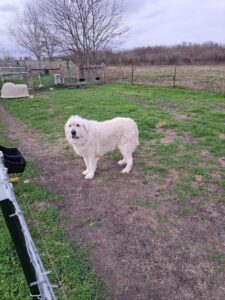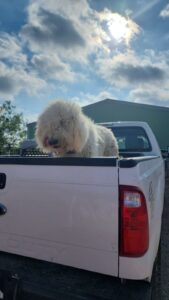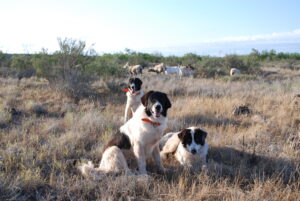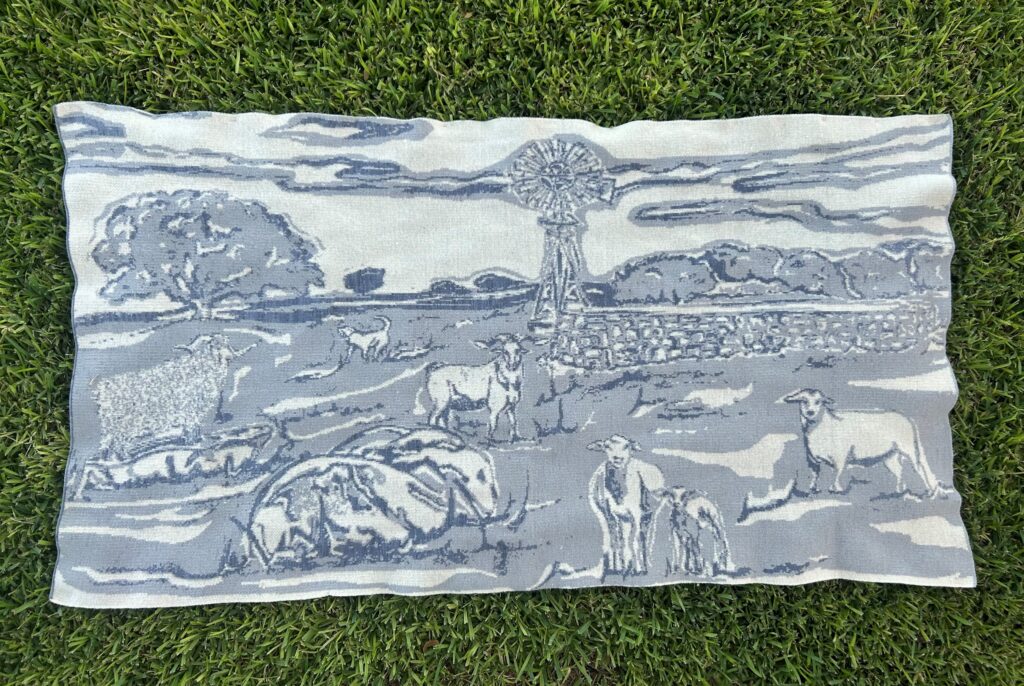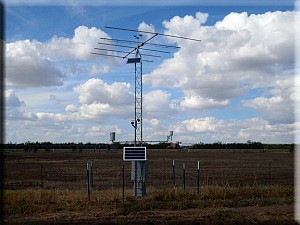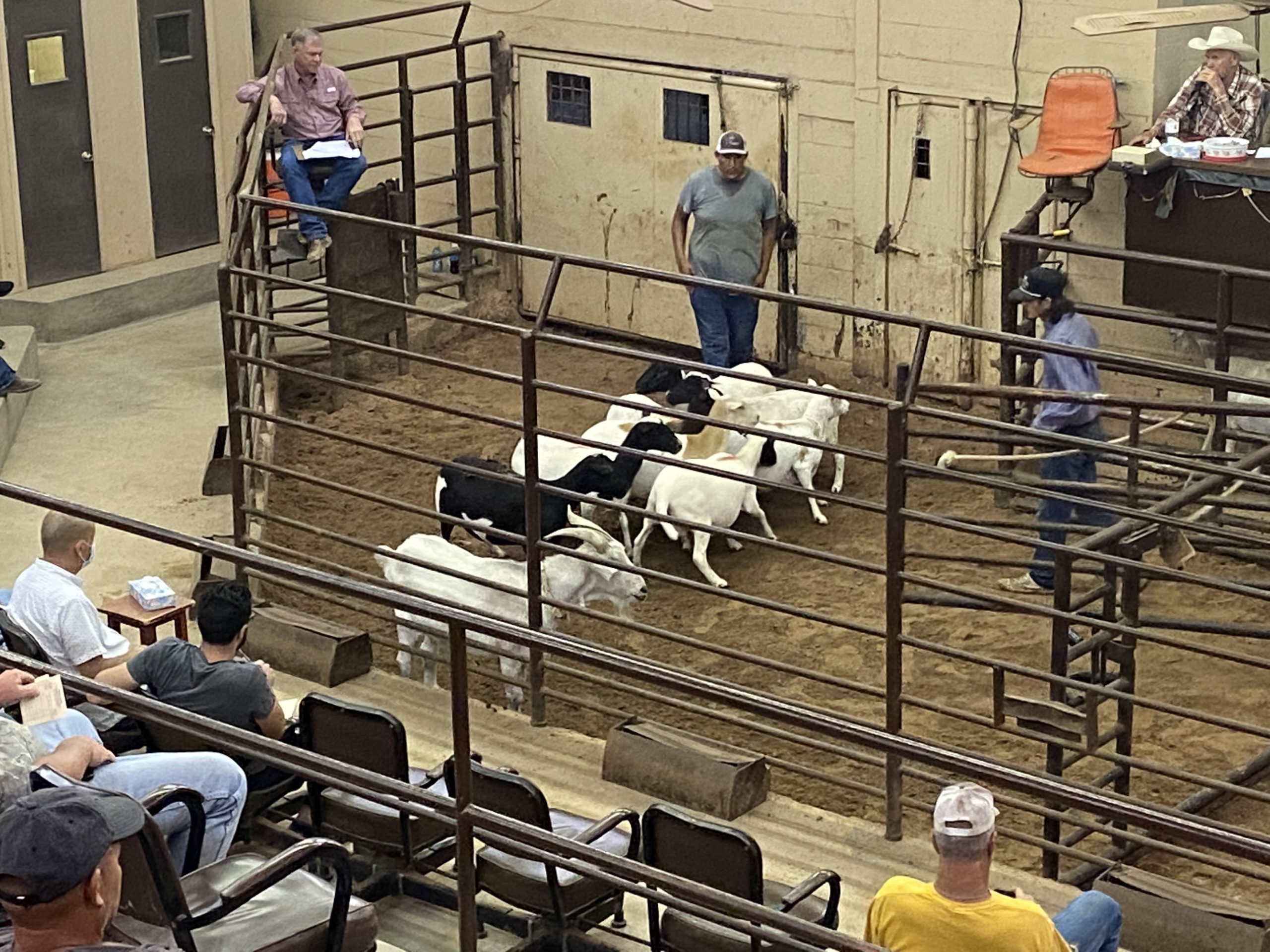Summer heat and high humidity can be a severe problem for LGDs, especially the long-haired breeds. Heat exhaustion (hyperthermia) and heat stroke can occur rapidly in LGDs and can even lead to death. I recently lost my lead male LGD Brutus to heat stroke on a not overly hot or humid day. Brutus was a 7 ½-year-old male Maremma x Akbash x Great Pyrenees. He had suffered heat exhaustion last summer. After that incident, we watched the heat index daily for any spikes. We also ensured he was well groomed and kept his belly and inner legs trimmed short so he had good contact with the cool soil. We ensured he had trees or other shade areas to lay under. On days with high heat and humidity, we brought him inside the mud room in front of a fan with plenty of cool water to drink. We kept him there until mid-evening when he was allowed to go back outside and guard his charges. This summer, we groomed him well and trimmed up his belly again. We watched for a heat index warning every morning this year, but he still could not manage the stress of even a mid-90-degree day with average humidity this summer. You will be missed, you “big old monster!”
Dogs with heat exhaustion are more susceptible to heat stroke. Once a dog has a heat stroke, it is at a higher risk of having a second one and dying. Signs of heat exhaustion or heat stroke in dogs include excessive panting or difficulty breathing, dehydration, excessive drooling, fever, bright red, gray, purple, or bluish gums, lack of urine, rapid pulse, muscle tremors, lethargy or weakness, vomiting or diarrhea, and dizziness. For more information on heat stroke, check out this link. As always, consult your local veterinarian for more information.
Ensure your LGDs hair coats are free of dirt and old hair to allow them to regulate body temperatures. Provide them with plenty of cool, fresh water and shade. Plastic pools for kids may allow the dogs to cool off as well. You can place frozen water jugs into the pools to help keep the water cool throughout the day so the dogs can lay in cool water. Prevention is the key to keeping your LGDs cool and alive during the summer heat!
AgriLife Livestock Guardian Dog Program: Update and Events
Please mark your calendars for our next online seminar on Sept. 19 at 3 p.m. CST. We are thrilled to have Dr. Julie Young from Utah State University, a renowned researcher in LGDs, share her extensive knowledge, research, and insights. This enlightening event is an excellent opportunity for all LGD enthusiasts. To secure your spot, watch the events page on our website. The workshop will be hosted on Zoom, ensuring easy access for all, and as always, it is free!
The 51st Annual AgriLife Center Field Day, held on Aug. 16 from 8 a.m. to noon, was filled with informative sessions and engaging activities at the AgriLife Center in San Angelo. This was followed by the highly anticipated Texas Sheep and Goat Expo at the Spur Arena on Aug. 16 – 17. Several hundred people attended the Expo and field day.
Bonding Project Update
Round Five Dogs
Mabel was returned to us in mid-August by her cooperating producer. Mabel initially worked very well and stayed with her goats when she
was placed on the ranch in the fall. After the producer sheared the goats, Mabel refused to leave the barn area. We tried several things to encourage her to reengage with her charges, but for some reason, she would only travel to get feed and then return to a barn area on the ranch. We checked with canine behaviorists and long-time breeders to determine the cause of Mabel not wanting to leave the barn area, but nothing we tried solved the problem. We will be taking Mabel to the ranch in Menard to evaluate her as a potential LGD and see how she interacts with another LGD who needs help guarding our meat goats. We will keep you posted on Mabel’s progress and if she eventually graduates or fails the program.
Round Six Dogs
Initial testing of the new Spot On collars on the “L Girls” (Lilly, Lulu and Lady) is progressing slower than anticipated. We have had issues with the prototype collars not charging or internal wires coming loose, affecting
the electrodes. The company is working to fix those as quickly as possible to continue the testing.
We will also get some other updated collars from SpotOn Fence, like the current versions with longer battery life. Invisible Fence Brand has also released an updated GPS collar that we just received. We will evaluate all of these invisible fence collars over the next few months. Continue to follow this blog and our social media pages for more updates on the collars and the pups.
In closing
If you enjoyed this monthly LGD blog, please remember to subscribe to it with this link: The Guardian Way | Texas A&M AgriLife Research and Extension Center at San Angelo. 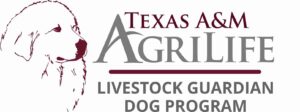
If you have feedback on this article or would like to suggest topics for future articles, webinars, or workshops, please contact me at bill.costanzo@ag.tamu.edu or 325-657-7311.
If you are looking for information on LGDs, make sure to check out our website. It contains factsheets, research from around the world on LGDs, and case studies we have conducted.
The Texas A&M AgriLife Livestock Guardian Dog Program is a cooperative effort by Texas A&M AgriLife and the Texas Sheep and Goat Predator Management Board. Follow us on our social media sites and share them with your friends and family!
Facebook, Instagram, YouTube: @TAMUlivestockguarddog
Remember to check out the Texas LGD Association online! You can follow the organization on Facebook or YouTube at @TexasLGDAssociation or visit its website. 

